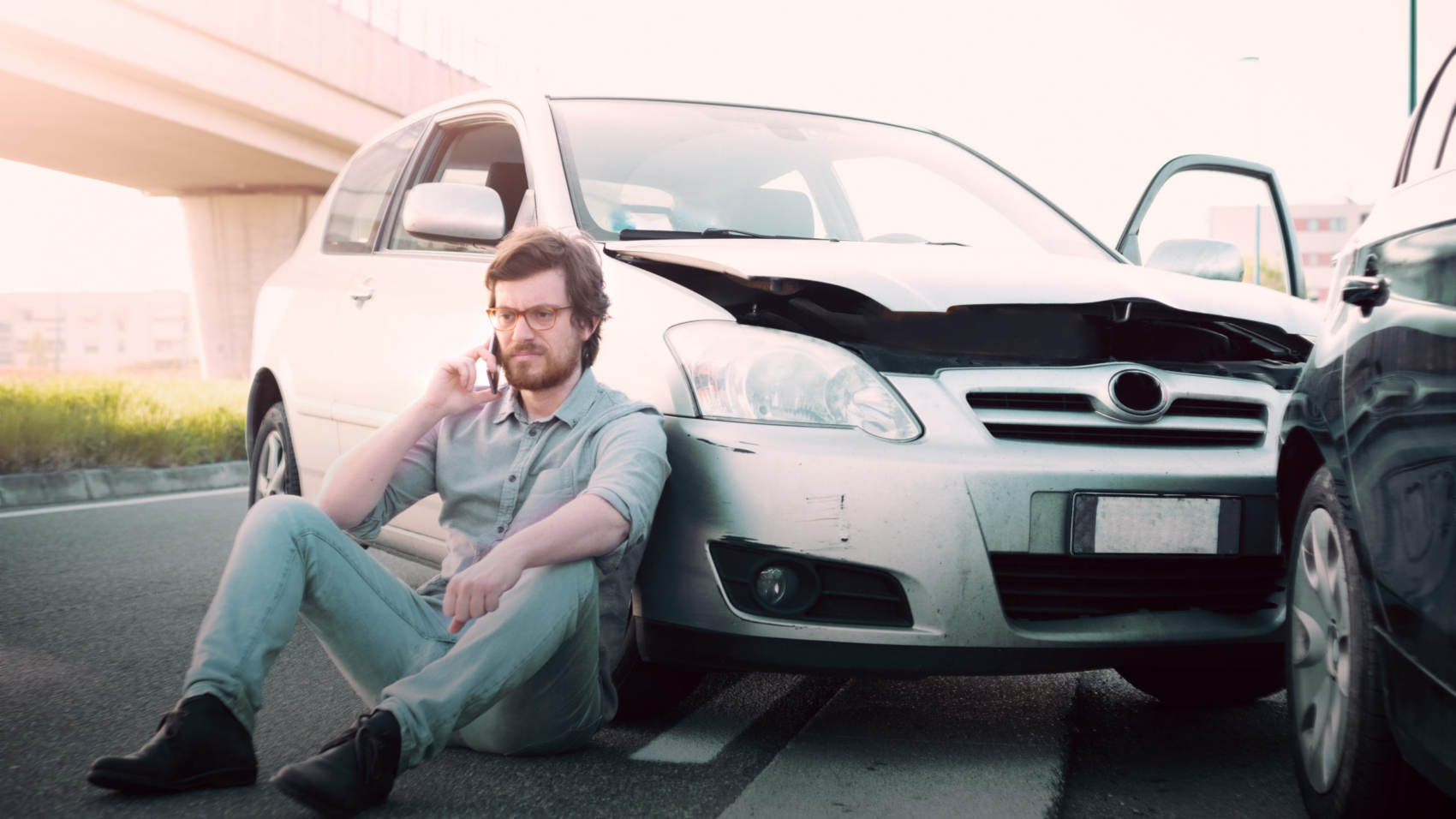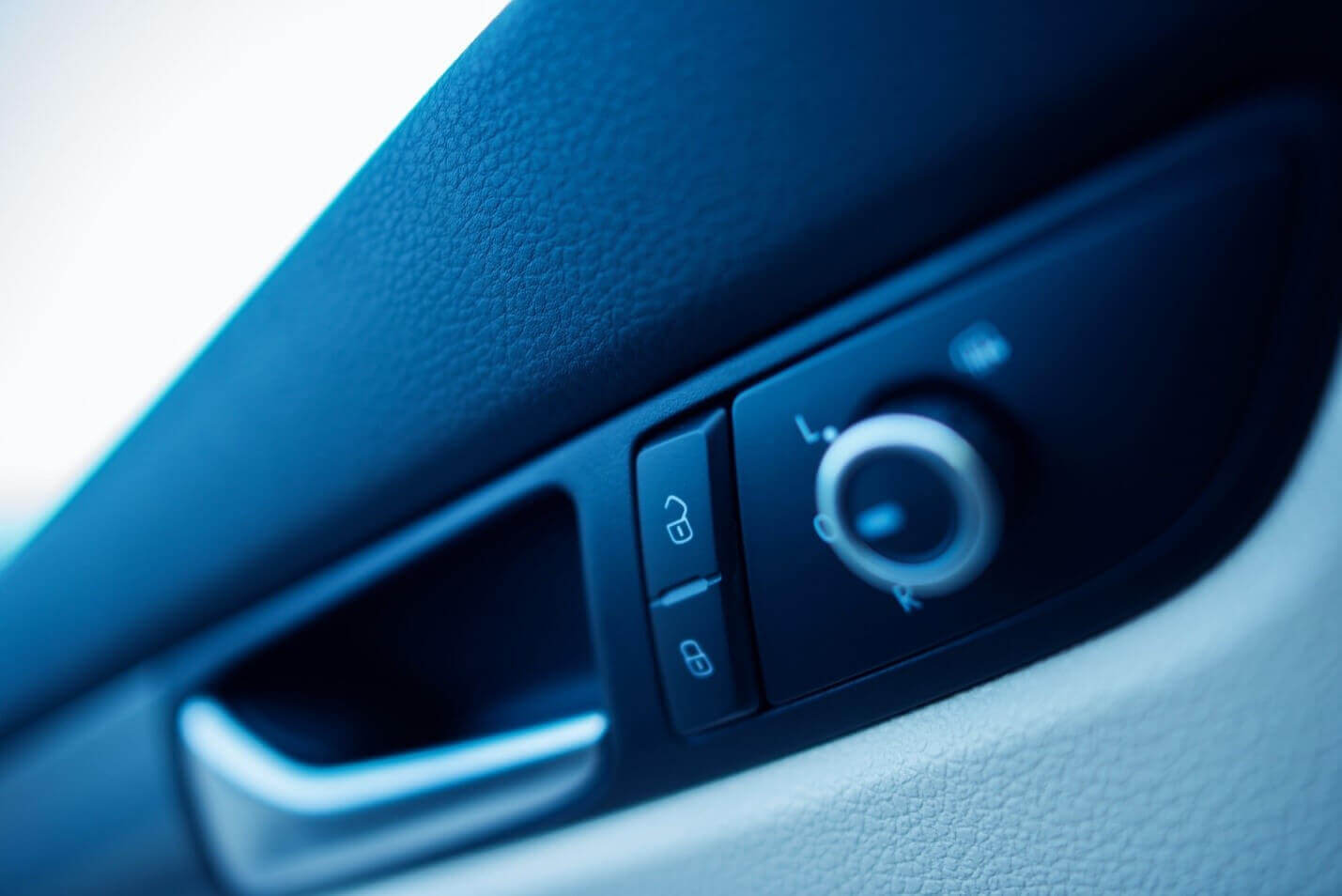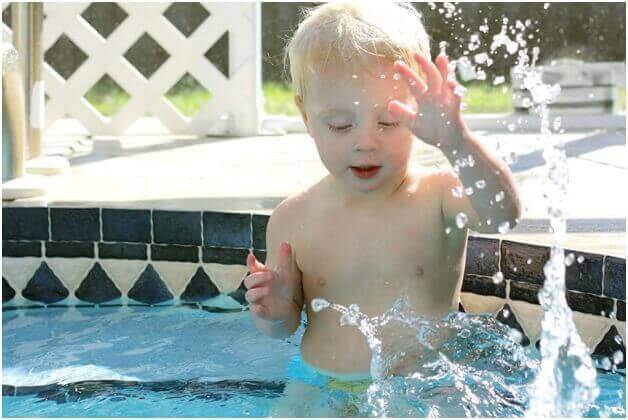Hot Car Deaths Are Preventable
As we reach the hottest part of the summer, it’s essential that parents avoid leaving their children alone in the car, even for just a short while. Children are even more susceptible to heat stroke than adults, and it’s never okay for a child to be left inside a vehicle on a hot day.
The issue of leaving children unattended in vehicles has gained more attention this summer after the horrifying case of Cooper Harris, a 22-month old boy who died after his father allegedly forgot he was in the car on the way to work. Police are still investigating the circumstances of the boy’s death, and the father is currently facing murder and child cruelty charges.
Whether Harris’ death was intentional or truly an accident, it is far from being the only case of a child perishing in an overheated vehicle. An average of 38 children have died in a hot car every year since 1998, and almost a third of those children snuck into the car without their caregiver knowing, while about half became trapped in the car because their caregiver forgot they were there.
There is no good excuse for a child dying in a hot car, and all parents and caregivers should take safety precautions to make sure their child is not accidentally trapped in a car this summer.
Safety Tips to Help Prevent Hot Car Deaths
Make a habit of keeping your car doors locked and keeping keys out of reach at home. When you’re parked at home, lock your doors and hide your keys somewhere that your child cannot get to them and use them to sneak into the vehicle.
Teach your child that the car is not an appropriate play area. Talk to your kids about what is and what isn’t an appropriate place for play. Let them know that it’s never okay to hide in the car.
Always check the entire vehicle before leaving. While it might seem unlikely to you that your child could have quietly snuck into the car before you drove away, you should make a habit of checking the whole car before you park and leave for an extended period.
Remind yourself when a child is in the car. If dropping your child off is not a normal part of your routine, find a way to remind yourself that the child is in your car, such as putting a Post-It note on the dashboard or placing an item that you’ll need for the day, such as a purse or briefcase, in the back seat.
Remember that cracking the windows or parking in shade is not a safety measure. A child’s body temperature can increase three to five times faster than an adult’s, and heat stroke deaths have occurred even when the car was parked out of the sun and had the windows cracked. Heat stroke can also occur in temperatures as low as 57 degrees, so it’s not safe to leave your child in the car even on a cooler day.
Get help if you see a child left alone in a car. If you spot an unattended child in a parked car, call 911 immediately. If the child is in distress, get them out as soon as possible. They will need to be cooled using cold water but should not be placed in extremely cold temperatures, such as an ice bath.
This summer, let’s all work together to prevent more hot car deaths. This type of accident is entirely avoidable if we take some basic safety precautions and seek help whenever we see a child left alone in a car.
About the Author:
Jeffrey Braxton is a trial lawyer in Fort Lauderdale who has devoted his 22-year career to the practice of personal injury law. As lead trial attorney for The South Florida Injury Law Firm, Jeff has litigated thousands of cases and is a member of the Million Dollar Advocates Forum, an exclusive group of attorneys who have resolved cases in excess of one million dollars.
Swimming Pool Drains Pose Major Danger to Children
Do you have a backyard pool that has been on your property for years? Do you know if that pool uses a drain system? If so, you may need to add some new safety features to keep your family safe this summer.
Many older pools, both public and residential, were built with drains because pool designers originally believed drains were necessary to keep water circulating and reduce contamination. However, the suction created by these drains can exert 500 or more pounds of pressure if a person or object becomes stuck in them, making it almost impossible to lift someone who is trapped against one of these underwater drains.
According to the Consumer Product Safety Commission, there were 83 reported swimming pool drain accidents between 1999 and 2008, including 11 deaths. This number is most likely a low estimate, as medical records and the police don’t always report the specific cause of drowning deaths. Whatever the exact number, it’s clear that the majority of accident victims are children who do not recognize the potential dangers of swimming pool drains.
Pool Designers Moving Away from Drains, but Older Pools Still a Problem
In recent years, swimming pool designers have looked at computational fluid dynamics using computer simulations of pools and have discovered that pools without drains are no less effective than pools with drains when it comes to circulating the water. This knowledge, paired with reports of horrific child drowning accidents, has led many designers to eliminate drains altogether from modern pools. Those public pools that were already built with drains are now required to use special rounded drain covers that don’t create suction.
Unfortunately, regulations on residential pools vary from state to state, and removing unsafe drains is not always a requirement. In Florida, people who have residential pools are only required to have one of several specifically outlined safety features, and some of those safety features are not necessarily enough to prevent a drowning accident (it is possible for a child to fall through a swimming pool cover, for example).
If you own a swimming pool, it is up to you to take the proper precautions to prevent drain-related and other drowning accidents.
5 Tips to Keep Your Pool Safe
If kids are going to be using your pool this summer, keep the following safety tips in mind: (It’s a good idea to follow these tips whether your pool has drains or not.)
1. Always supervise children. Never leave children without adult supervision in a pool, even if they have taken swimming lessons and appear to be competent swimmers (swimming abilities will not help if they become stuck on a drain).
2. Add a safety fence. Create some kind of barrier that completely surrounds your pool and that kids cannot easily climb over.
3. Update your pool’s safety features. If your pool currently has flat drain covers that create suction, upgrade to the kind of domed pool covers that public pools now use. You should also consider investing in a safety vacuum release system, which will cause pool drains to stop creating suction if a person or object becomes stuck in them.
4. Warn kids about drain dangers. Even if your pool already has domed covers and a safety vacuum release system, caution your kids to stay clear of the drain. They should also avoid wearing jewelry or baggy clothing and should put long hair in a bun or ponytail to prevent themselves from getting caught on any of the pool’s features.
5. Don’t try to lift a child straight off a pool drain. Because traditional pool drains have such powerful suction, it is impossible to pull a stuck child straight off the pool drain. If your child does become stuck, you will need to wedge your fingers or arm in between the child and the drain to break the suction, and then you will have to roll the child away from the drain.
If you take the proper precautions and know what to do in the event of an emergency, there’s no reason why you and your family can’t enjoy your backyard pool this summer.
About the Author:
Jeffrey Braxton is a trial lawyer in Fort Lauderdale who has devoted his 22-year career to the practice of personal injury law. As lead trial attorney for The South Florida Injury Law Firm, Jeff has litigated thousands of cases and is a member of the Million Dollar Advocates Forum, an exclusive group of attorneys who have resolved cases in excess of one million dollars.








